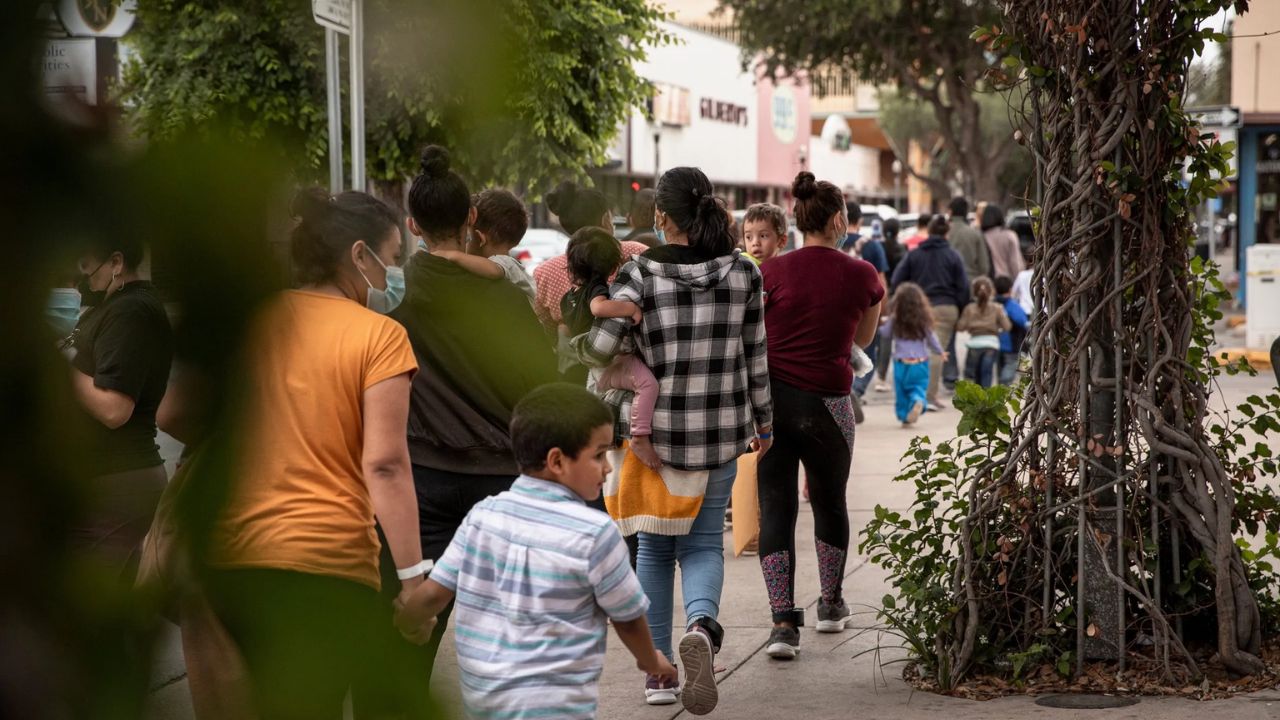In recent years, the landscape of gang activity in New Jersey has undergone significant changes, with traditional stereotypes giving way to a new reality. According to the New Jersey State Police’s Statewide Gang Assessment, the state is home to an estimated 12,500 gang members, with another 3,500 behind bars. From rural areas to bustling cities, gangs have permeated every corner of the state, making no community immune to their influence.
Contrary to outdated perceptions, gangs in New Jersey are no longer confined to specific neighborhoods or demographics. Instead, they have evolved into diverse and dynamic entities, with membership spanning various age groups and backgrounds. While some gangs adhere to traditional hierarchical structures, many are held together by smaller, more decentralized groups.
One of the most striking revelations from recent assessments is the prevalence of gangs across the state, from small rural towns to urban centers. No community is untouched by gang activity, highlighting the pervasive nature of the issue. Moreover, the once-distinct markers of gang affiliation, such as colors, symbols, and tattoos, have become less prevalent, making it increasingly difficult to identify gang members solely based on outward appearance.

The demographics of gang membership are also shifting, with a significant proportion of gang members falling within the 13 to 25 age range. While some may view gang involvement as a means of escaping hardship or gaining status, the reality is far from glamorous. Research shows that gang members are less likely to graduate from high school, struggle to secure stable employment, and are more susceptible to substance abuse and criminal behavior. Additionally, they face a heightened risk of violence, both as perpetrators and victims.
In North Jersey, seven Tier 1 gangs have been identified as posing a high threat level. These include well-known names such as the Bloods, Crips, and Hells Angels Motorcycle Club, as well as lesser-known groups like the So Icey Boys, Brick Squad, Trinitarios, and 230 Boys. These gangs operate with varying degrees of organization and sophistication, but they all contribute to the complex landscape of gang activity in the region.
Addressing the issue of gang violence requires a multifaceted approach that encompasses prevention, intervention, and enforcement strategies. Efforts to steer at-risk individuals away from gang involvement through education, mentorship, and community programs are crucial for breaking the cycle of violence and providing alternatives to gang life. Additionally, law enforcement agencies must remain vigilant in targeting gang-related criminal activity and disrupting gang networks to ensure the safety and well-being of all New Jersey residents.
Read More News:
- Florida Governor DeSantis Supports Homelessness Bills to Address Unhoused Population
- Gruesome Discovery in Flatbush: Man Found Dead in Fridge Over Unpaid Rent Dispute
- Tennessee’s $1.8M Grant to Address Teacher Shortage: Impact on Local Schools
As the state continues to grapple with the challenges posed by gang activity, it is imperative that stakeholders work together to address the root causes of gang violence and implement effective strategies to combat its proliferation. Only through collective action and a commitment to community safety can New Jersey confront the threat posed by these dangerous gangs and create a safer future for all residents.






